Restaurant Vent Hood Cleaning
Restaurant Vent Hood Cleaning
As your chefs prepare meals for your customers, smoke, heat, grease-laden vapors, and odors are pulled out of your commercial kitchen, but, unfortunately, grease builds up in your kitchen exhaust systems over time, posing a fire hazard. That is why it is very important to do regular restaurant vent hood cleaning Rockford not only to keep your kitchen exhaust system clean and tidy to function at peak efficiency but also for safety reasons i.e. to minimize the fire risk in your establishment.
Kitchen exhaust cleaning (often referred to as hood cleaning) is the process of removing grease that has accumulated inside the ducts, hoods, fans, and vents of the exhaust system of a commercial kitchen.
Left uncleaned, kitchen exhaust systems eventually accumulate enough grease to become a serious fire hazard. Exhaust systems should be inspected regularly, at intervals consistent with usage, to determine whether cleaning is needed before a dangerous amount of grease accumulates.
Scheduling your kitchen exhaust cleaning regularly is an essential part of restaurant maintenance and hygiene. Allowing grease to build up in your kitchen hood and exhaust system increases the chance of fire and puts you at risk of breaking regulatory compliance.
The Danger of Grease Buildup in Your Kitchen Exhaust Systems
As cooking goes on in your commercial kitchen, heat, smoke, and grease-laden vapors are pulled out of your restaurant through the kitchen hood exhaust system.
This system directs the vapors into your hood, through your vent hood filters, and into ductwork traveling through your building to your exhaust fan on the roof where it can safely exit your establishment.
These vapors contain flammable residue including grease and oils which can provide fuel for a fire outbreak. The fire can quickly spread into the attic and spaces in your building not protected by fire suppression systems, resulting in catastrophic damage.
Top 3 Reasons For Cleaning Kitchen Exhaust Regularly
There’s no doubt regular restaurant vent hood cleaning and flue cleanings are essential, not only to keep your commercial kitchen functioning at peak efficiency but for safety and liability reasons as well.
Did you know in the most recent National Fire Protection Association (NFPA) report on “Structure Fires in Eating and Drinking Establishments,” 22 percent of the restaurant fires reported were attributed to a “failure to clean?”
- Fire prevention – Kitchen exhaust systems that aren’t cleaned regularly are a fire hazard because they accumulate thick layers of grease and grime, which are flammable, and can act as fuel when a fire breaks out – a worst-case scenario for restaurants.
- Insurance liability – If a restaurant is operating beyond the due date of their required kitchen exhaust inspection, the restaurant takes full liability for any sort of loss due to a fire.
- Productivity and efficiency – A clean kitchen hood and vent system reduces maintenance and increases efficiency. This results in increased airflow above the cooking appliances and allows the airborne grease, smoke, and odors to properly exit your kitchen through an exhaust hood instead of lingering in the kitchen air and covering kitchen surfaces. In addition, a constantly clean kitchen exhaust system means there is less of a chance for unexpected breakdowns or interruptions that can impact your operations.
How Is Kitchen Exhaust Cleaning Done?
Restaurant vent hood cleaning Rockford is a messy job. To get started, the areas around the kitchen hood need to be cleared out, which means appliances get unplugged and moved, pilot lights go out, gas lines are disconnected, etc.
Once the area is emptied, Visqueen plastic is hung from the vent hoods and funneled down into a trashcan to catch all of the grease, water, and detergent from the cleaning process. Then, power washers are used to clean everything from the hood canopy through the ductwork and up to the rooftop where the exhaust fan sits.
Once the kitchen exhaust system has been power washed, all of the debris collected in the trashcan is properly disposed. We avoid emptying the trashcan into a mop sink as this can sometimes lead to clogged pipes and sewer contamination with fats, oils, and grease.
During the hours-long cleaning process, restaurants that are open 24 hours a day have to shut down for some time, especially at night to allow professionals to do a thorough cleaning. For those that are closed in the evenings, they can also hire a professional exhaust hood cleaning company, such as RPW ProWash, to do the cleaning at night.
Once the cleaning service is finished, the exhaust system may be clean, but the rest of the kitchen is often in disarray. Splashing from the power washers can leave water and residue all over the kitchen. Rooftop breaker switches are sometimes not turned back on, which means nothing works in the kitchen until it is resolved. Everything that had to be moved for the cleaning must be put back, reconnected, and cleaned.
As if all these issues were not frustrating enough, one of the most common complaints from restaurant operators regarding kitchen exhaust cleaning is how much inconsistency there is in the cleaning process.
While it’s easy to see the hood canopy from the cookline, the ductwork and exhaust fan are difficult to see and, therefore, it can be challenging to ensure that these areas have been cleaned properly, if at all.
However, our experienced and professional cleaners always take pictures of your kitchen exhaust hood before and after every restaurant vent hood cleaning Rockford, including all of the areas that are hard or impossible to see when everything is reassembled. We will provide you with these photos for your fire code inspection and liability insurance.
What Makes For A Good Exhaust System?
There are four primary parts of a typical kitchen exhaust system:
- Exhaust Hood – This large stainless-steel canopy is mounted above the cooking appliances. It’s designed to hold the baffles while funneling the airflow into the ductwork.
- Baffles – Also known as hood filters and often made of metal, their primary role is to prevent any flare-ups from the cooking appliances from reaching further than 18 inches into the hood and flue. Some baffles are also designed to have a secondary purpose to filter grease and solid fuel embers. If they are not routinely cleaned, the grease-laden hood filters can be as much of a fire risk as a grease-filled kitchen exhaust system.
- Ductwork – Made up of large pipes that connect the exhaust hood canopy to the exhaust fan, ductwork moves the cooking exhaust outside.
- Exhaust Fans – Typically found on the rooftop, exhaust fans suck the smoke and grease-laden kitchen air up through the hood and ductwork.
There are several things you can do to maximize your exhaust system’s safety and efficiency, including:
- Install duct access doors – As mentioned above, it’s nearly impossible to determine the condition of your ductwork since it’s so challenging to see. Remedy this by adding duct access doors along the ductwork. This allows visibility to the ducts’ condition and allows easier access to clean them.
- Use the correct baffles – This isn’t a place to cut corners. Not only would it create a fire hazard, but it will also make your equipment less efficient. Be sure to use the recommended filters for your system and ensure your hood filters cover the entire hood canopy opening.
- Install an exhaust fan hinge kit – Instead of having professional cleaners remove your exhaust fan several times a year, a hinge kit allows them to tip the fan back to gain access to the ductwork. This prevents damage to the fan base, fan components, and damage to your roof that can happen during cleaning.
- Install an exhaust fan access port- When cleaning the exhaust fan, it’s difficult to access the fan blades to wash them. An easy solution and an NFPA 96 fire code requirement is an exhaust fan access port that allows access to the fan blades to wash them. Not only does this help with the cleanliness of the system, but it also lengthens the life of the fan by preventing unbalanced fan blades and excessive fan belt wear and tear, which can result from the fan being covered in grime.
- Clean hood filters regularly – While the entire system is being inspected and cleaned up to four times a year, your hood filters should be cleaned much more frequently. A quick-service restaurant (QSR) will probably be cleaning their hood filters daily, while other restaurants may only need to clean theirs once or twice a week. Refer to your hood filter manufacturer for more precise details.
While no system or process can completely eliminate the risk of fire, proper kitchen exhaust cleaning eliminates the fuel load and keeps your system maintained such that any fire that may occur can be properly contained and extinguished without risking life and property.
A properly functioning commercial kitchen exhaust system is critical to your business and your bottom line. When properly maintained, your exhaust system will provide you with years of trouble-free service.
Restaurant Vent Hood Cleaning
RPW ProWash offers high-quality, effective, and safe restaurant vent hood cleaning services that can keep your commercial kitchen’s exhaust system always in check. Call us now at (779) 348-3135 or get in touch with us online to request a free, no-obligation estimate or schedule your cleaning today.
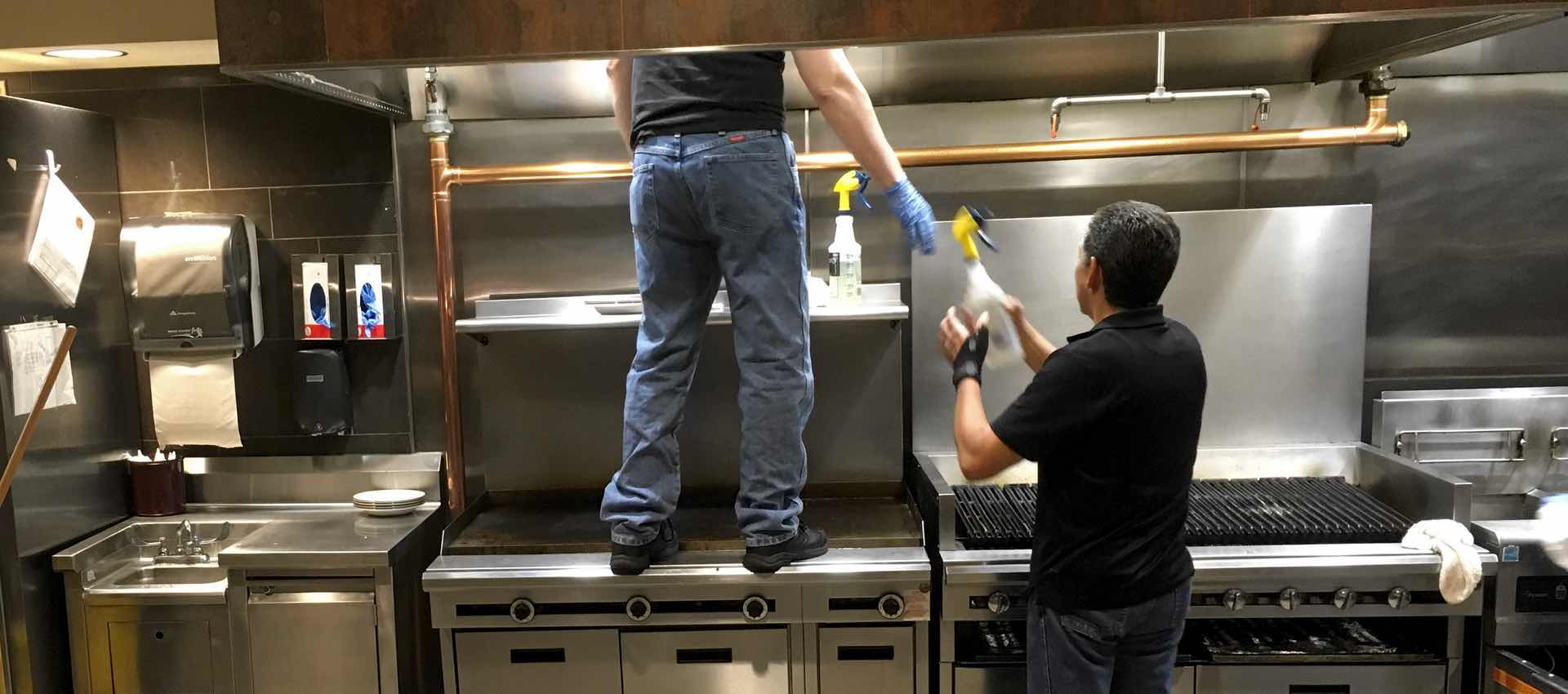
Restaurant Vent Hood Cleaning
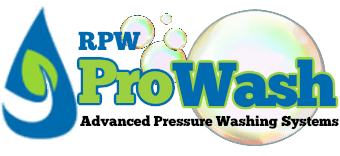
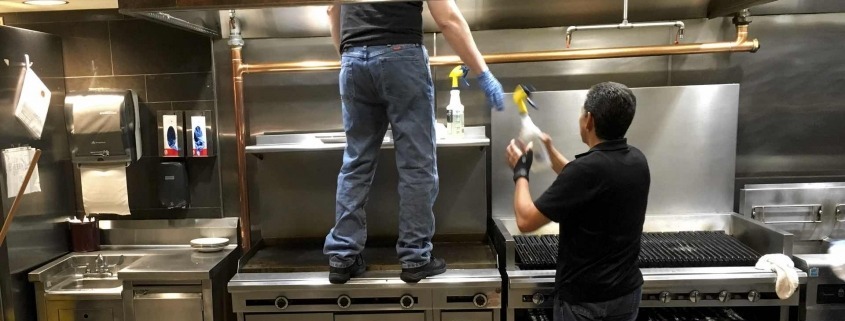
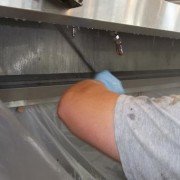
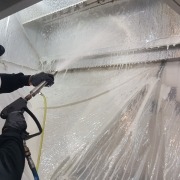
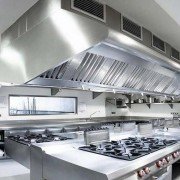
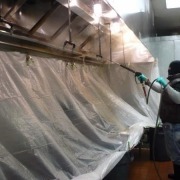
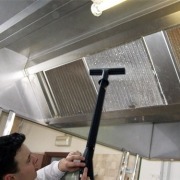
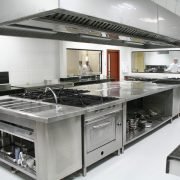
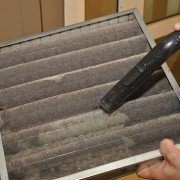
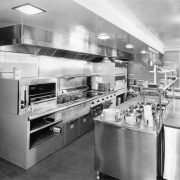


Leave a Reply
Want to join the discussion?Feel free to contribute!